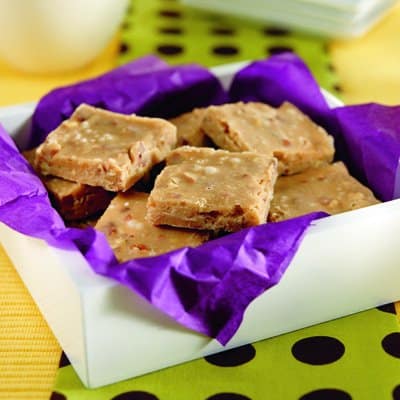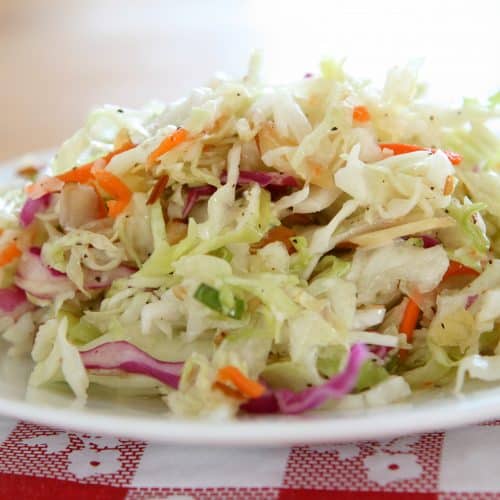
June is National Candy Month, an annual event created by the National Confectioners Association to celebrate the authentic, fun treats that candy companies have been producing for more than 100 years.
Whether its chocolate, hard candy or soft chewy treats, can candy be part of a nutritious eating plan? Absolutely! You may have heard of the term “empty calories” referring to foods or candies high in fat or carbohydrates but lacking other nutrients. While it’s important to ensure your diet provides adequate amounts of all the important nutrients, there can still be room for sweets and candies.
As with most things in life, moderation is the key to indulging in candy without jeopardizing your diet. The National Confectioners Association made a commitment in May to help folks do just that. Joining with the Partnership for a Healthier America, NCA’s chocolate and candy companies are committing to voluntarily printing calorie information on the front of product packages and making at least half of their single-serving products 200 calories or less.
Beyond this initiative, there are other ways you can enjoy candy without overdoing it. I’ve come up with a “3P Strategy” to help keep candy under control: pare it, pair it and prepare it.
Pare It
Eating a smaller portion, having it less often and choosing lower calorie options are ways to consume fewer calories and less sugar without forgoing candy altogether.
- 5 candy kisses vs. a large (1.5 ounce) chocolate bar cuts calories in half
- Peppermints and lemon drops have a mere 20 calories each and gumdrops only have 10 calories each.
- Snack on candy once per day rather than several times or eat half of your normal amount.
- Hard candies, caramels and chocolate peanut butter cups are available in sugar-free varieties.
Pair It
Pairing candy with another food like fruit, dairy or a whole grain can up nutrition while lowering calorie and sugar intake. This can help improve your intake of nutrients that you may have a hard time consuming in sufficient amounts. For example, a crunchy candy/nut mix stirred into vanilla yogurt sweetened with sucralose instead of sugar can help increase intake of calcium, magnesium and potassium from yogurt. A mini-chocolate bar with fresh fruit slices (“pear it”) could be a way to increase fruit intake. Or create your own trail mix with gumdrops or milk chocolate minis, nuts, dry cereal and dried fruit. This can be a portable treat that can help you achieve your fiber intake goals along with other nutrients depending on the mix that you create.
Prepare It
Making your own candy using low-calorie sweeteners is a third option for keeping candy in your life without overindulging. Check out recipe sites and try your hand at homemade treats. Here are three recipes to get you started: chocolate toffee bars, penuche squares and candied nuts.
Preparing some of these candies can also provide some additional nutrients. For example:
- Nuts and peanut butter in candy contain unsaturated fats, plant sterols and omega-3 fats that provide heart health benefits. Nuts also deliver vitamin E, fiber and protein, other nutrients the body needs.
- Calories supplied by the sugar and fat in candy help fuel the body. Some endurance athletes find that candy is a great way to consume sufficient calories to perform during their competition or during their training.
No matter what your favorite candy, remember you can still enjoy it during National Candy Month and throughout the year. Moderation and following the 3 Ps is the key.
 Neva Cochran, MS, RDN, LD is a registered dietitian nutritionist based in Dallas. She serves as a nutrition communications consultant to a variety of food and nutrition organizations, including the Calorie Control Council. She is passionate about promoting fact-based food and nutrition information to help people enjoy nutritious eating. Follow her on Twitter @NevaRDLD and check out her blog at www.NevaCochranRD.com.
Neva Cochran, MS, RDN, LD is a registered dietitian nutritionist based in Dallas. She serves as a nutrition communications consultant to a variety of food and nutrition organizations, including the Calorie Control Council. She is passionate about promoting fact-based food and nutrition information to help people enjoy nutritious eating. Follow her on Twitter @NevaRDLD and check out her blog at www.NevaCochranRD.com.




